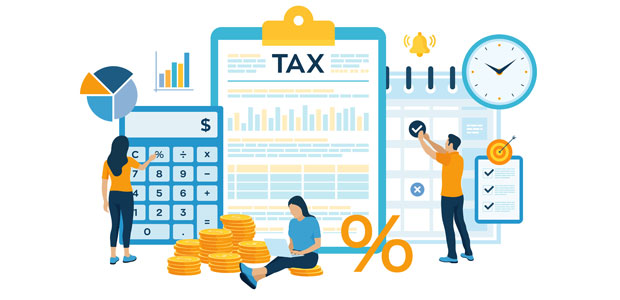
Could R&D tax credits be the answer to SMEs finance woes?
Although many businesses are currently able to access significant finance via the various Government-backed loan schemes, which have recently been extended until January 2021, not every business is willing or able to accrue additional debts.
With so many businesses, both large and small, hungry to access new forms of finance. there may be one option that is often overlooked - R&D tax relief.
According to recent data from HM Revenue & Customs more than 50,000 businesses make use of this initiative annually, and in the 2017/18 tax year they claimed £5.1bn of tax relief or cash credits on around £35bn of R&D expenditure.
Unlike traditional forms of finance, such as a loan or overdraft, businesses don’t have to undergo a credit check or have a good credit rating.
Instead, they must only ensure that they meet the following eligibility criteria:
- Be a UK limited company that is subject to Corporation Tax.
- Have completed qualifying research and development activities.
- Have spent money on an eligible project.
- Have incurred qualifying expenditure.
Work that qualifies for R&D relief must be part of a specific project to make an advance in science or technology. To claim R&D tax relief businesses demonstrate that the project:
- looked for an advance in science and technology
- had to overcome uncertainty
- tried to overcome this uncertainty
- could not be easily worked out by a professional in the field
Support via this tax relief could include the creation of a new process, product or service or deliver improvements to existing ones.
The scheme covers a wide range of costs as well, including the employment costs of specialists and subcontracted work.
While these criteria may seem quite strict there is a surprisingly high number of businesses who may be eligible across a wide range of sectors.
Making a claim for R&D tax credits against these developments will provide a business with either a reduction to Corporation Tax or cash if the development leads to a loss.
The amount that can be claimed will depend on the type of business applying as there are two separate schemes, one for SMEs and another for larger businesses. For loss-making SMEs they can claim up to 33p tax back for every £1 spent on qualifying R&D activities, which could mean a cash credit worth thousands of pounds.
This scheme continues to be underutilised by many businesses, in part due to the complexities of the initiative and the many myths and inaccuracies that surround it.
Business can enhance their claim further if they have conducted R&D work over multiple years, as the scheme is back-dated to two years.
Once the Government’s financial support ends in 2021 and applications for the Government-backed loans ends, it is likely that the availability of traditional credit will decline as lenders take a more cautious approach.
It is, therefore, important that businesses and their accountants and financial advisers look at all tax relief schemes that can deliver the funding that businesses need, especially as many companies are likely to have constrained cash flow as a result of both the pandemic and Brexit.
The R&D tax credit scheme is certainly one solution that many SMEs should consider in the weeks and months ahead and shouldn’t be overlooked due to the difficulties in making a claim.
Sarah Malter is the Managing Director of Made.Simplr, a forward-thinking cloud-based solution designed to help businesses and accountants with the cumbersome R&D tax credit scheme through automation and innovation.
Made.Simplr is the result of Sarah and her team’s experience and skills, implemented in an effective Software-as-a-Service platform. To find out more about Made.Simplr, please click here or email info@madesimplr.com.

